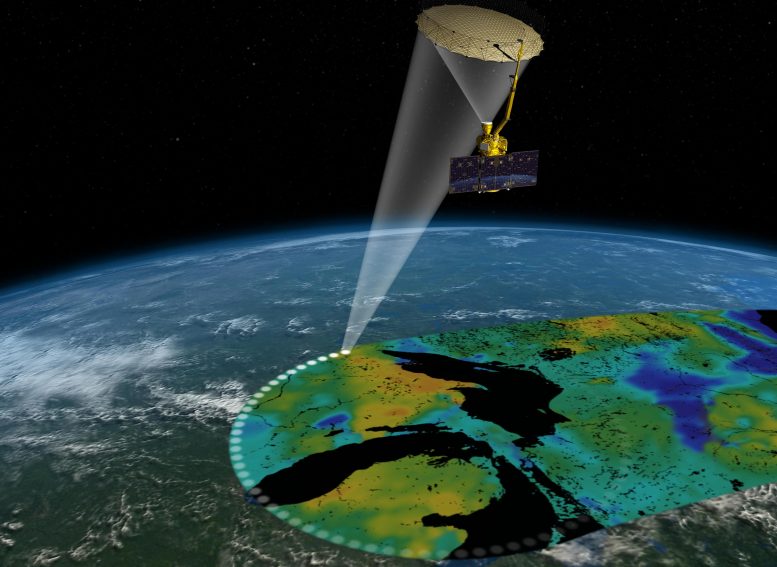
Artist’s rendering of the Soil Moisture Active Passive satellite. The width of the region scanned on Earth’s surface during each orbit is about 620 miles. Credit: NASA/JPL-Caltech
The role of incoming water vapor on rainfall has been a complex area of study, but new research shows water vapor is a vital piece of the puzzle.
The role that atmospheric water vapor plays in weather is complex and not clearly understood. However, University of Arizona researchers have started to tease out the relationship between morning soil moisture and afternoon rainfall under different atmospheric conditions in a new study in the journal Geophysical Research Letters.
“The prevailing wisdom on the relationship between soil moisture and rainfall is that if you have wetter soil in the morning, you’ll have a greater occurrence of rainfall in the afternoon, but it’s more complicated than that,” said lead author Josh Welty, a UArizona doctoral student in the Department of Hydrology and Atmospheric Sciences. “On a global scale, we see evidence that you can have greater chances of afternoon rainfall over both wet and dry soil conditions, depending on atmospheric moisture.”
The team, which also included researchers from the Desert Research Institute in Nevada and NASA’s Goddard Space Flight Center, used satellite-based observations of soil moisture and afternoon rainfall in the northern hemisphere from the last five years. The work was supported by NASA and is based on NASA satellite data from the Global Precipitation Measurement mission and the Soil Moisture Active Passive satellite, as well as atmospheric moisture and movement data from the Modern-Era Retrospective analysis for Research and Applications Version 2, or MERRA-2, model, which incorporates satellite observations.
The researchers found that on days when the wind blows in little atmospheric moisture, afternoon rainfall is more likely to occur over wetter soils or higher relative humidity. On days when wind introduces lots of atmospheric moisture, afternoon rainfall is more likely over drier soils or lower relative humidity. The team also found that for both conditions, afternoon rainfall occurrence is more likely with warmer morning soil or air temperature.
The researchers focused on days in which afternoon rainfall occurred and noted the difference between the number of rainfall days that occurred over wetter-than-average soil and the number of rainfall days that occurred over drier-than-average soil. They then grouped their results into three categories: high, mid, and low atmospheric moisture transport by wind.
This research builds on a 2018 study that identified soil moisture’s role in afternoon rainfall amount in the Southern Great Plains of Oklahoma. The new findings show that the relationship between soil moisture, afternoon rainfall, and atmospheric moisture in Oklahoma doesn’t apply across the entire northern hemisphere.
“Over the Southern Great Plains, we found that when the wind brings less moisture, dry soils are associated with increases in rainfall amount, and when the wind brings greater moisture, wet soils are associated with increases in rainfall amount. In the current study, we find that, actually, in many regions, the opposite is true for the likelihood of afternoon rainfall,” Welty said.
Understanding the role of water vapor in weather is important because its effects are felt everywhere, says Welty’s thesis adviser and paper co-author Xubin Zeng, Agnese N. Haury Endowed Chair in Environment and director of the Climate Dynamics and Hydrometeorology Center and Land-Atmosphere-Ocean Interaction Group.
“For example, for the Southern Great Plains, there are many tornado activities because there is water vapor moving in from the Gulf of Mexico. Also, on the California coast you talk about severe flooding from atmospheric rivers,” Zeng said. Atmospheric rivers are corridors of concentrated water vapor that can quickly precipitate once hitting a mountain range, causing mass flooding.
“Water vapor brought in by the winds is an important source to understand. In the past, people didn’t pay enough attention to it in studying how land conditions affect rainfall, potentially making their results misleading. Once we consider the wind’s movement of water vapor, the results become more robust,” Zeng said.
Understanding this relationship is even more important as global warming changes patterns of atmospheric moisture, soil moisture and more. Such changes will not only have effects on weather and natural disasters, but also on agriculture, Zeng said.
“The results really show the complexity of the land’s influence on weather and climate,” said physical scientist and paper co-author Joe Santanello from NASA’s Goddard Space Flight Center, who chairs the NASA-supported Local Land-Atmosphere Coupling working group to improve weather and climate models. “When you add in the human factor of irrigation or land use that changes the dryness or wetness of the soils, which we currently don’t represent well in the models, we potentially have additional downstream effects on weather and climate that we haven’t foreseen.”
The next step is to assess how these relationships play out in global climate and weather forecasting models.
“Our findings are observational, but now, we want to use computer modeling to help us understand why drier or wetter soil could enhance rainfall likelihood,” Zeng said. “We know it’s true, but we don’t quantitatively know why.”
References:
“Increased Likelihood of Appreciable Afternoon Rainfall Over Wetter or Drier Soils Dependent Upon Atmospheric Dynamic Influence” by Josh Welty, Susan Stillman, Xubin Zeng and Joseph Santanello Jr., 29 April 2020, Geophysical Research Letters.
DOI: 10.1029/2020GL087779
“Does Soil Moisture Affect Warm Season Precipitation Over the Southern Great Plains?” by J. Welty and X. Zeng, 25 July 2018, Geophysical Research Letters.
DOI: 10.1029/2018GL078598

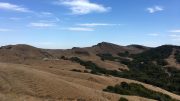
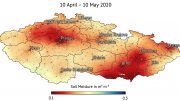
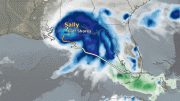
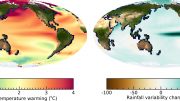
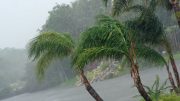
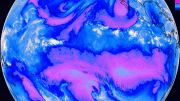


Be the first to comment on "Decoding the Skies: The Impact of Water Vapor on Afternoon Rainfall"